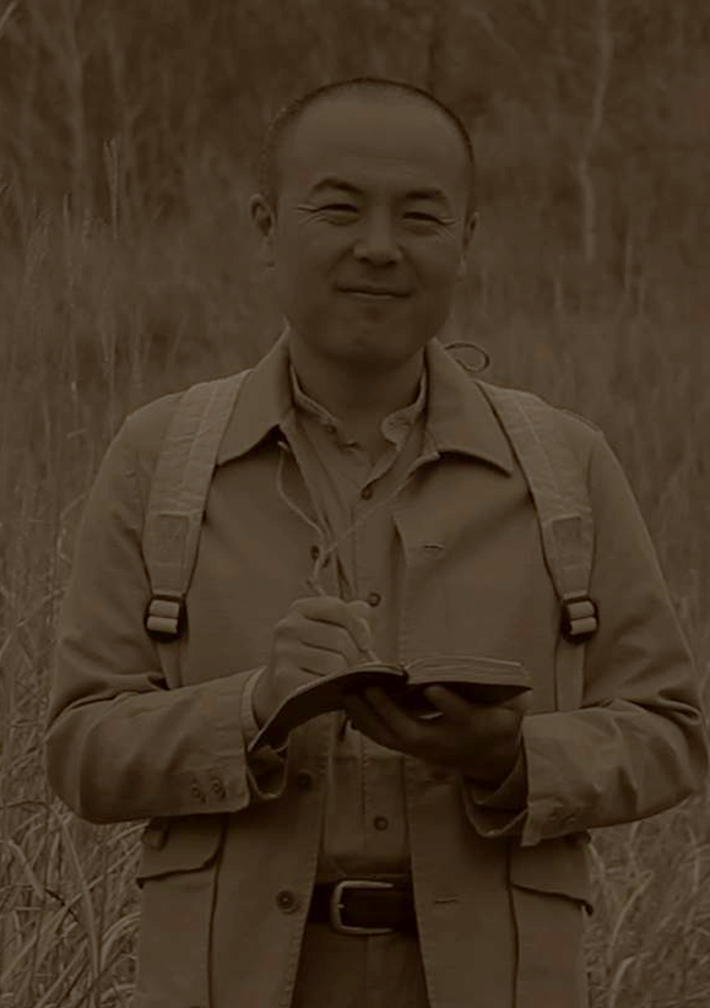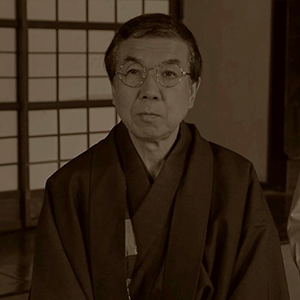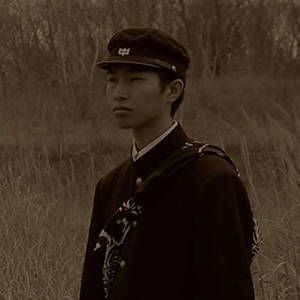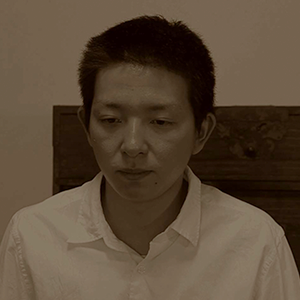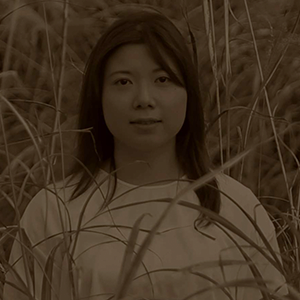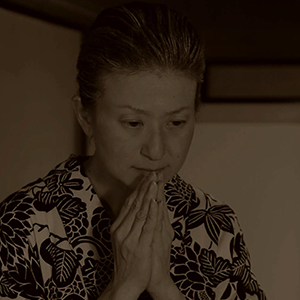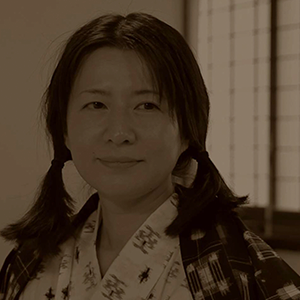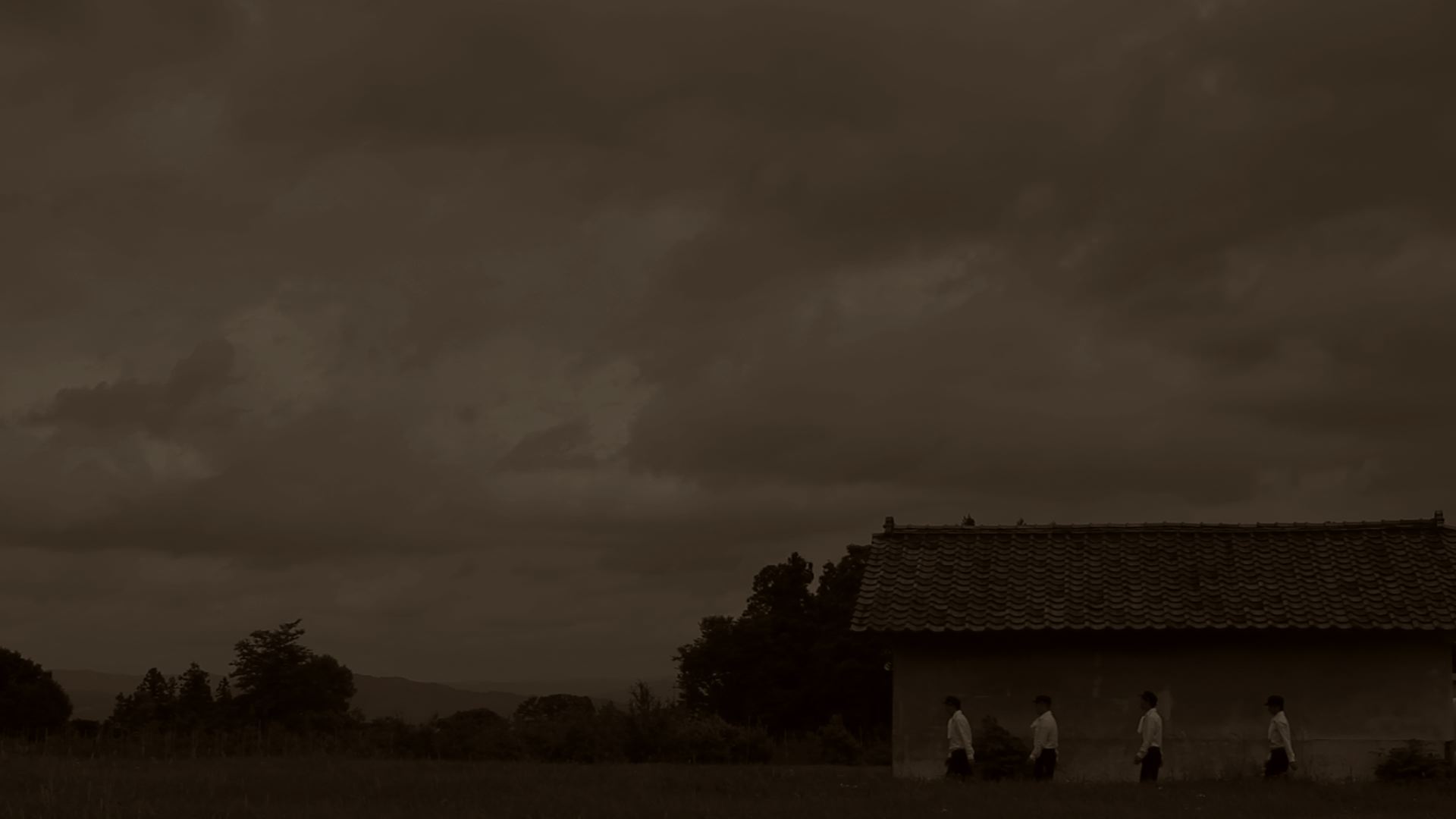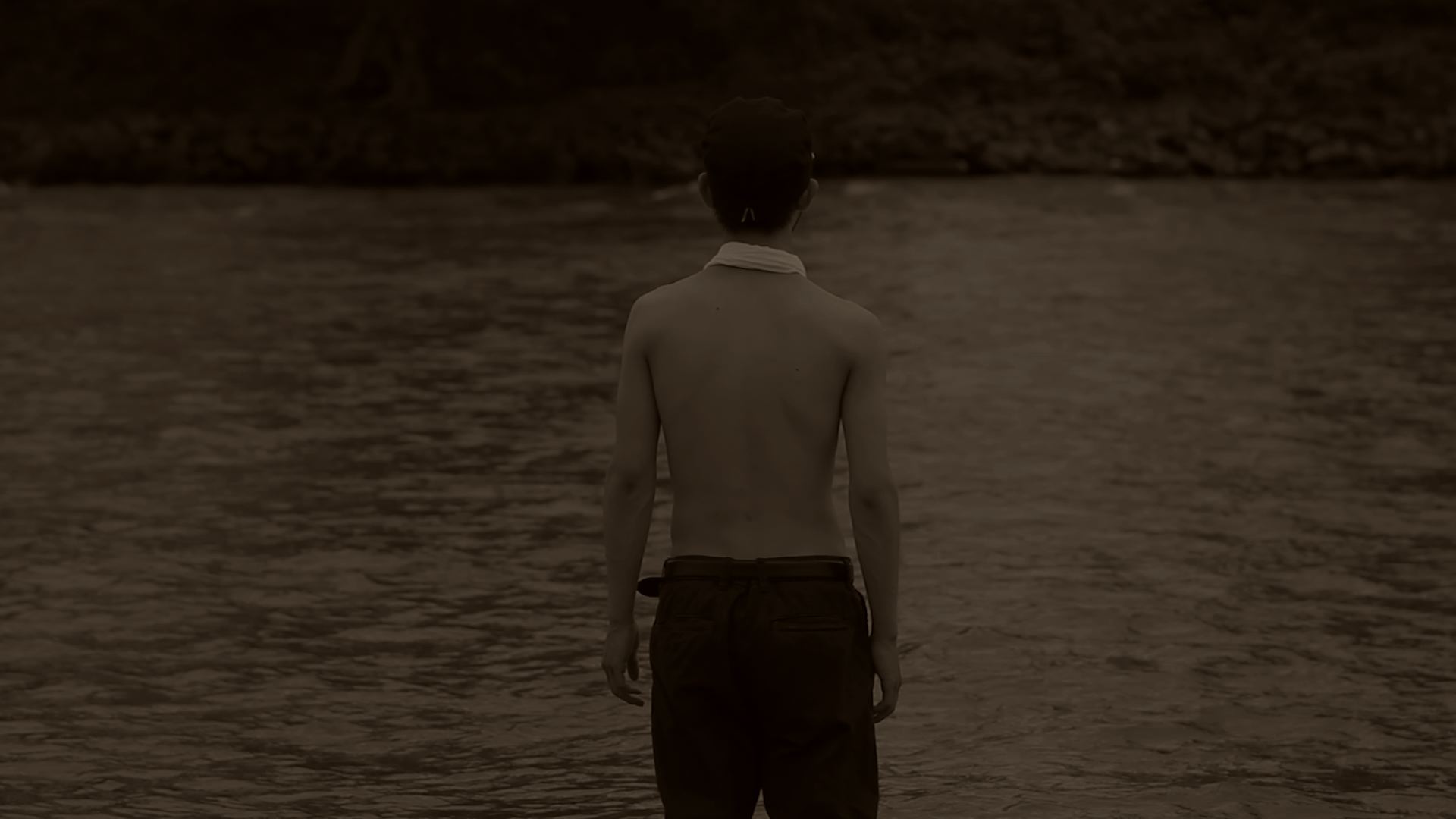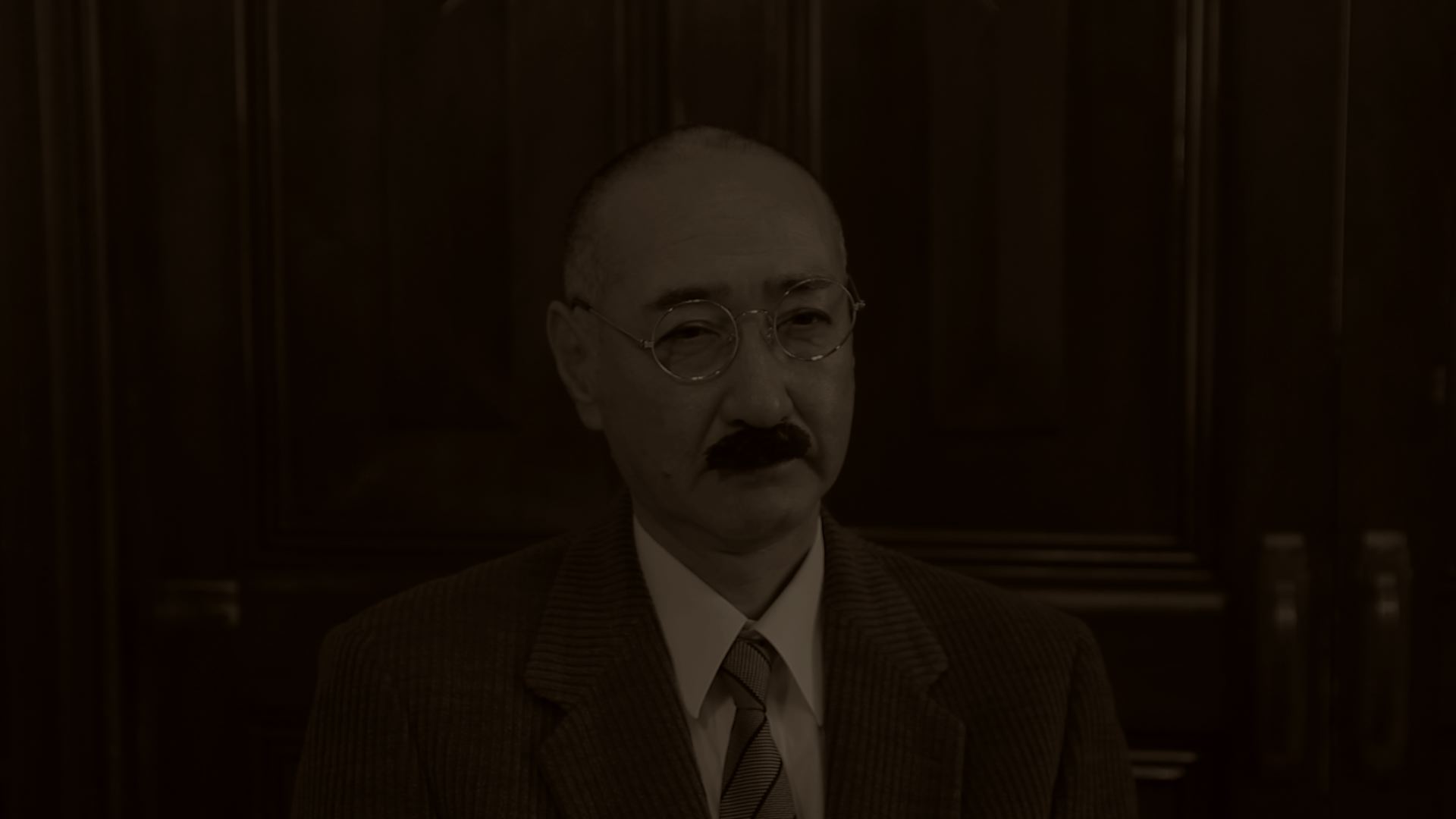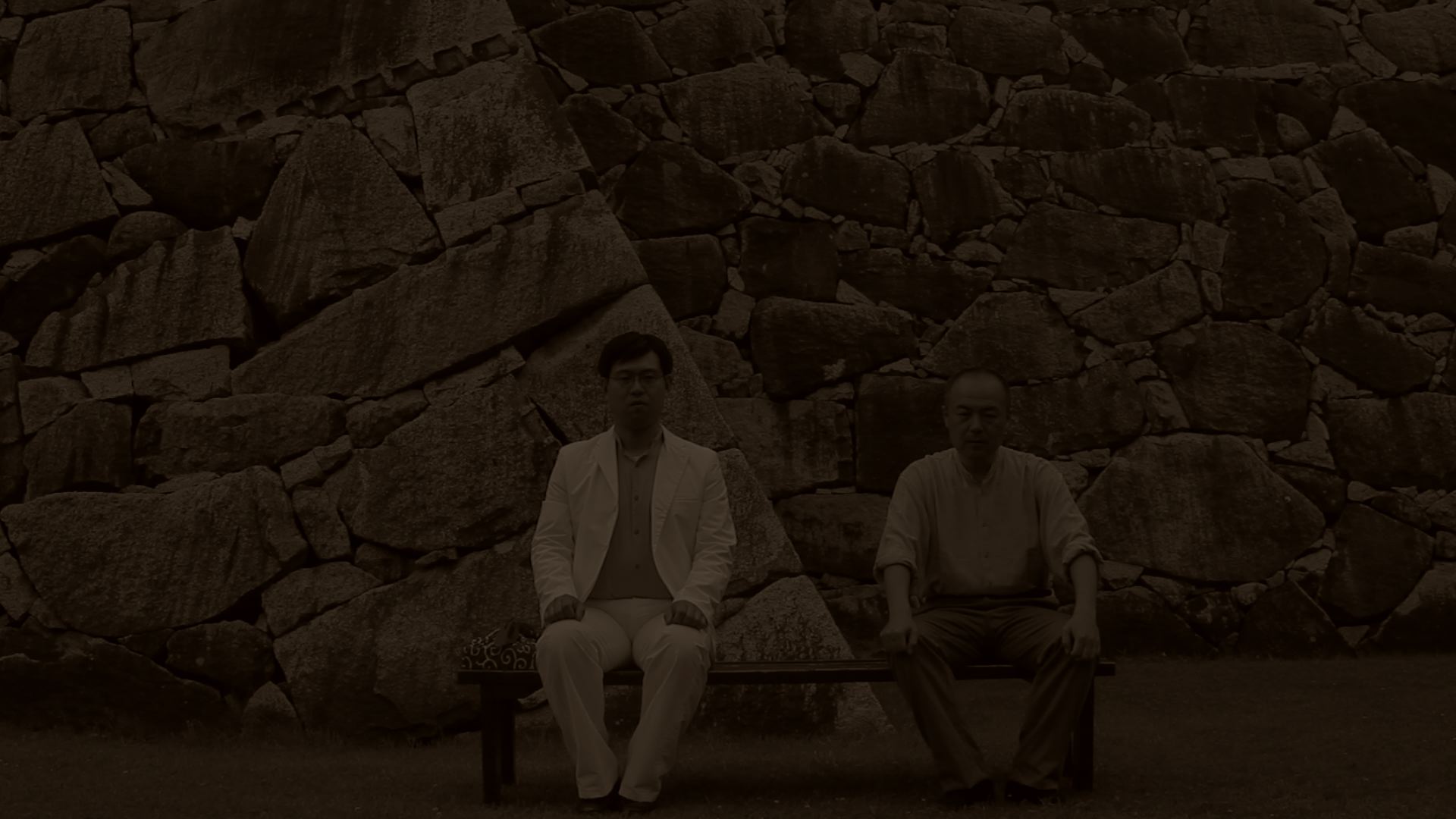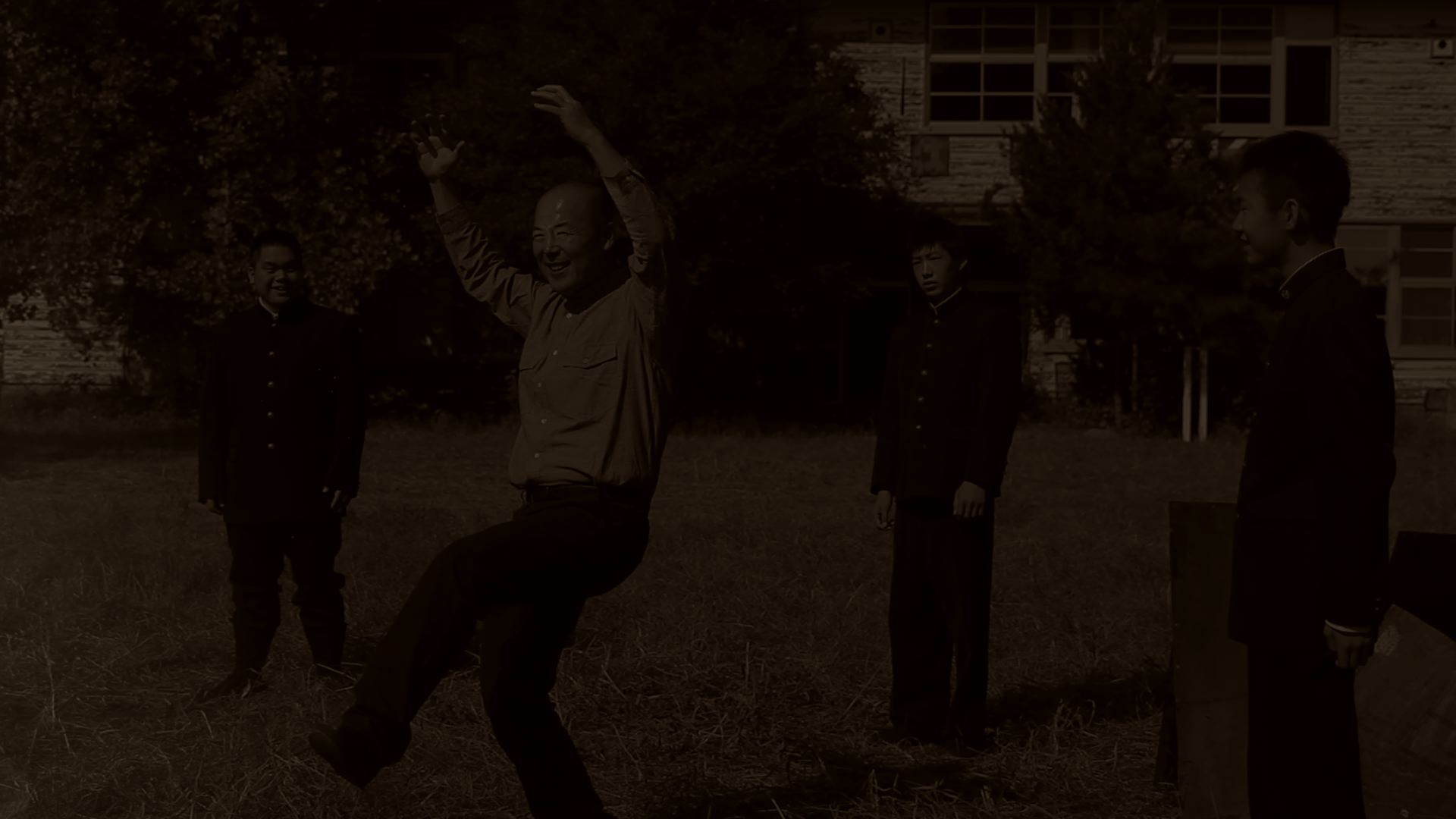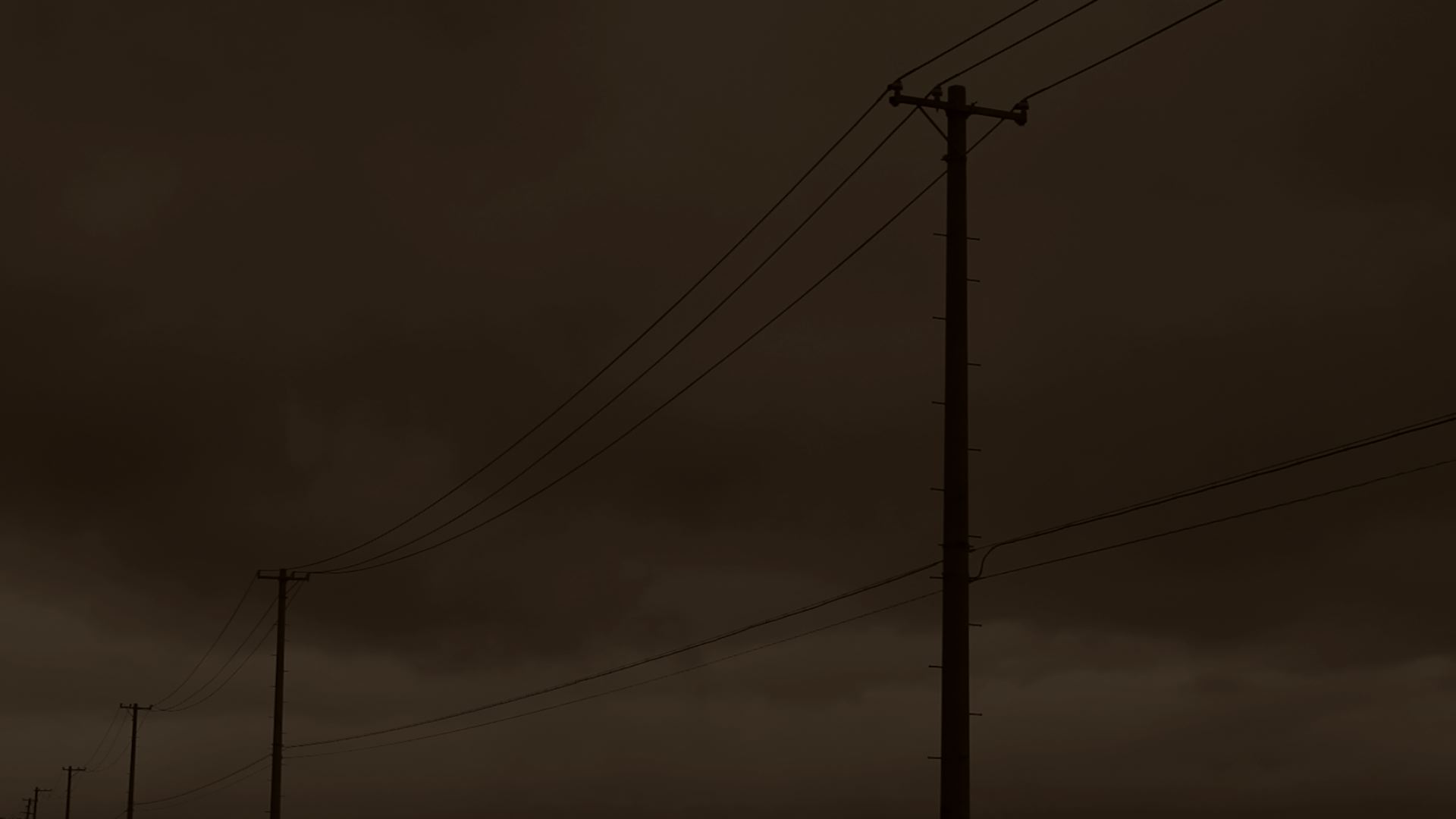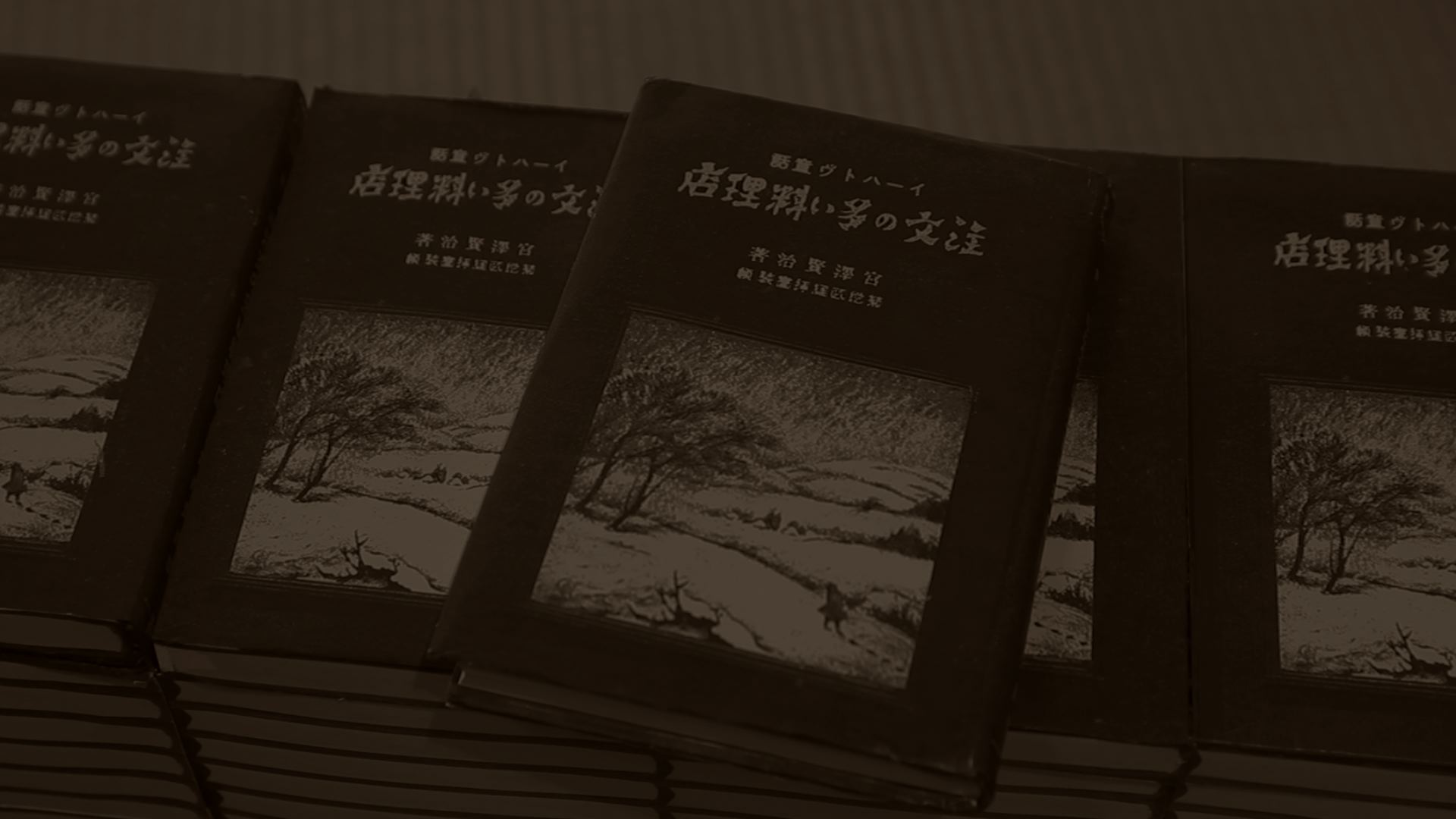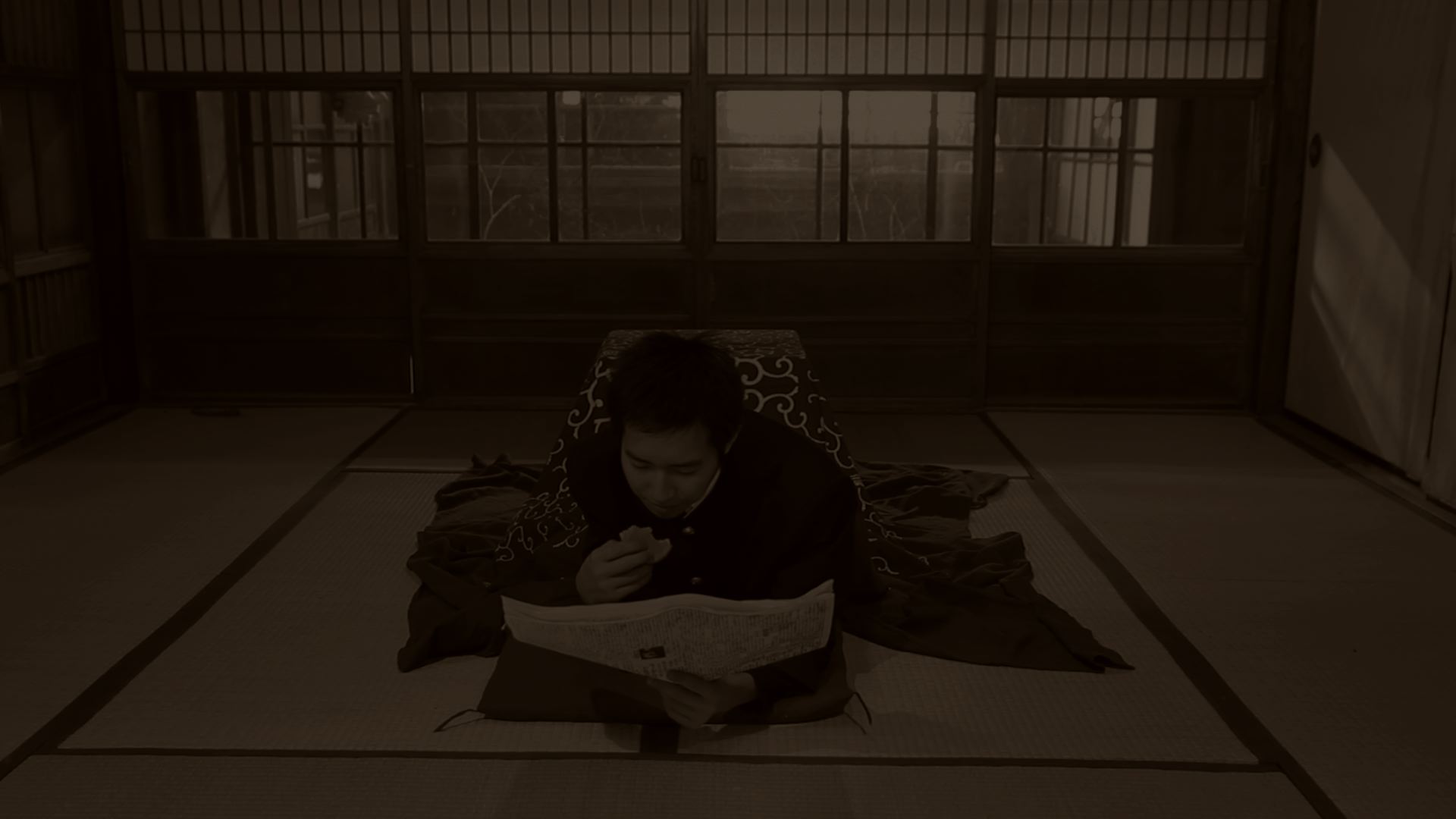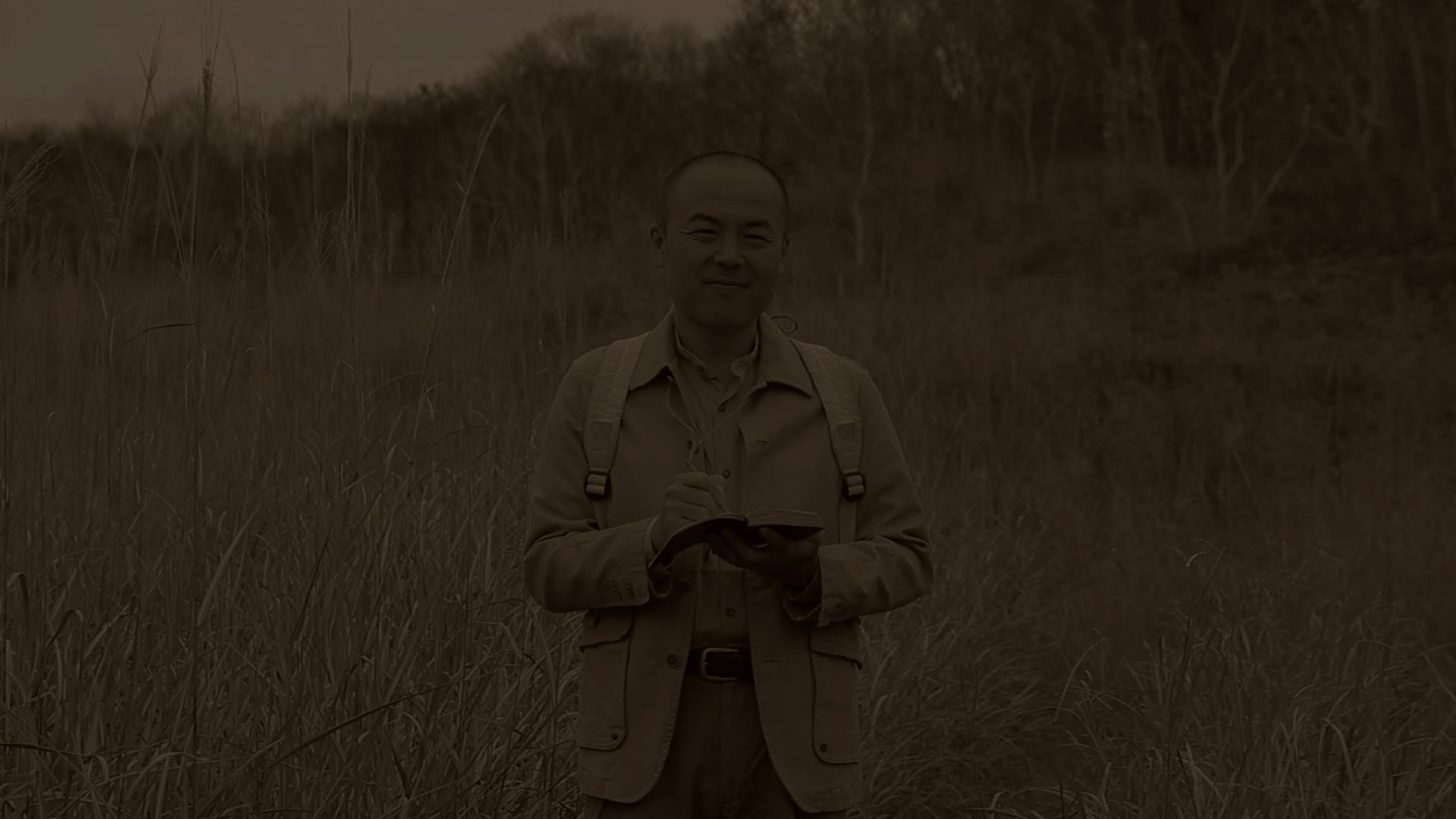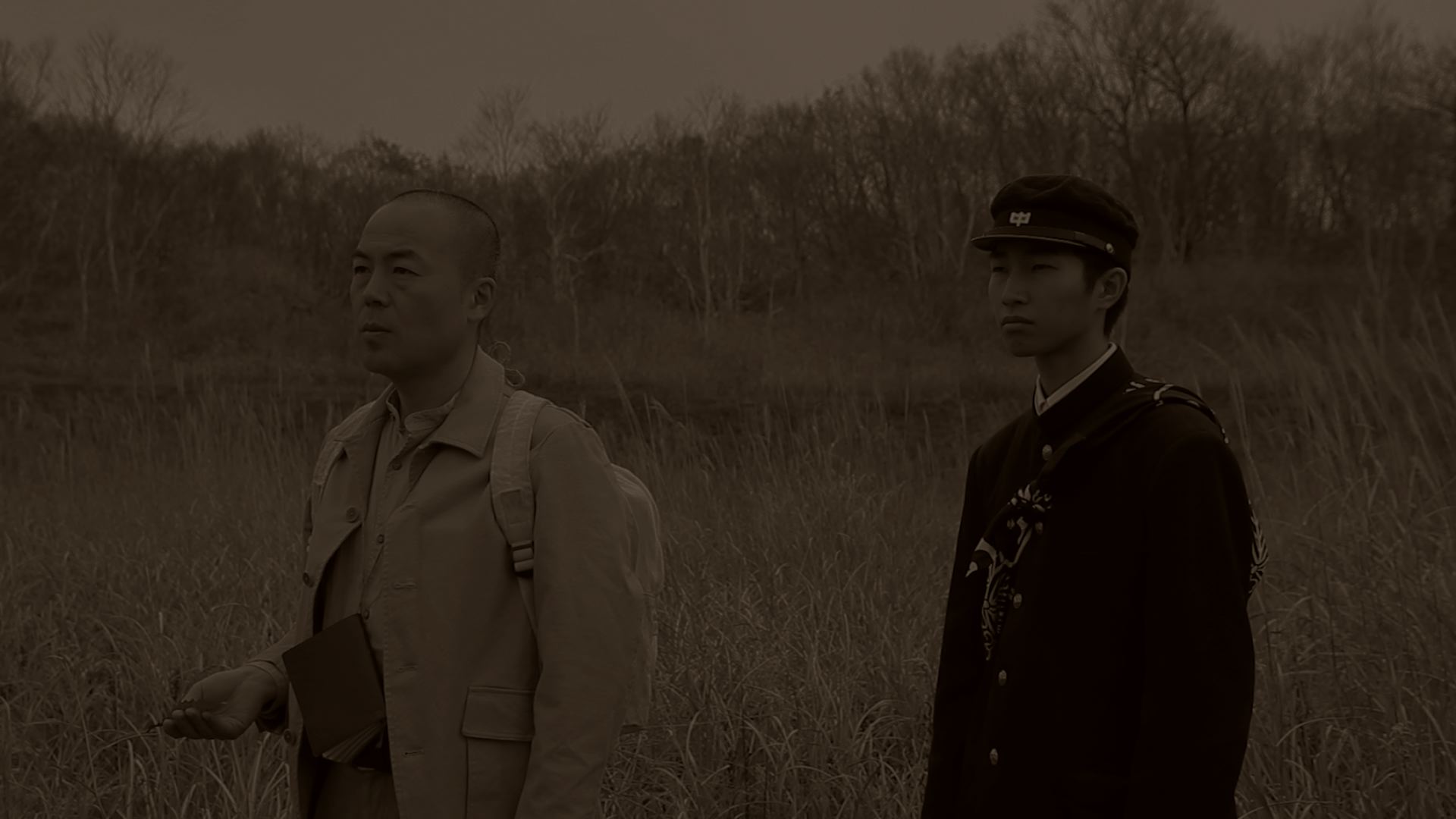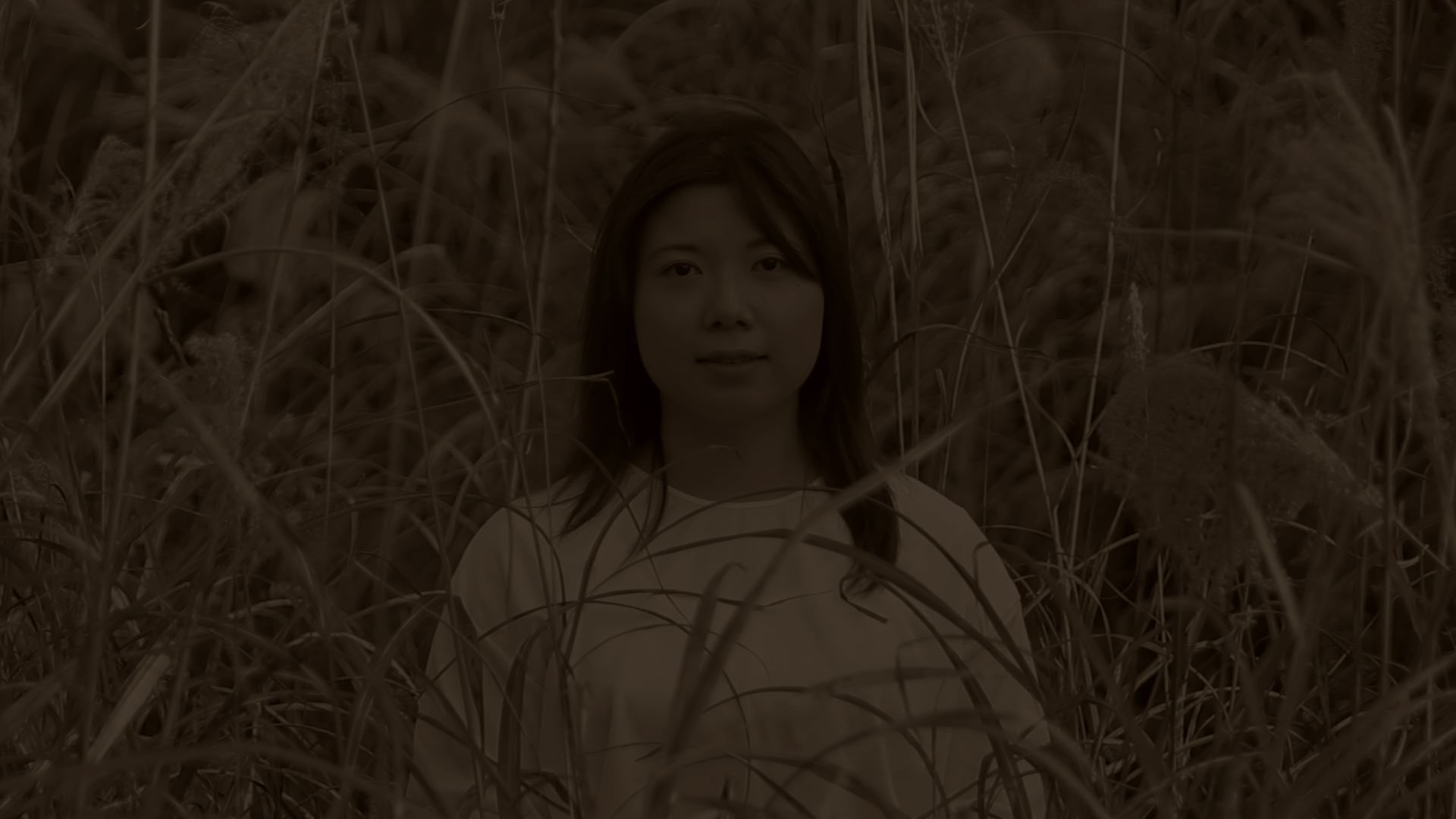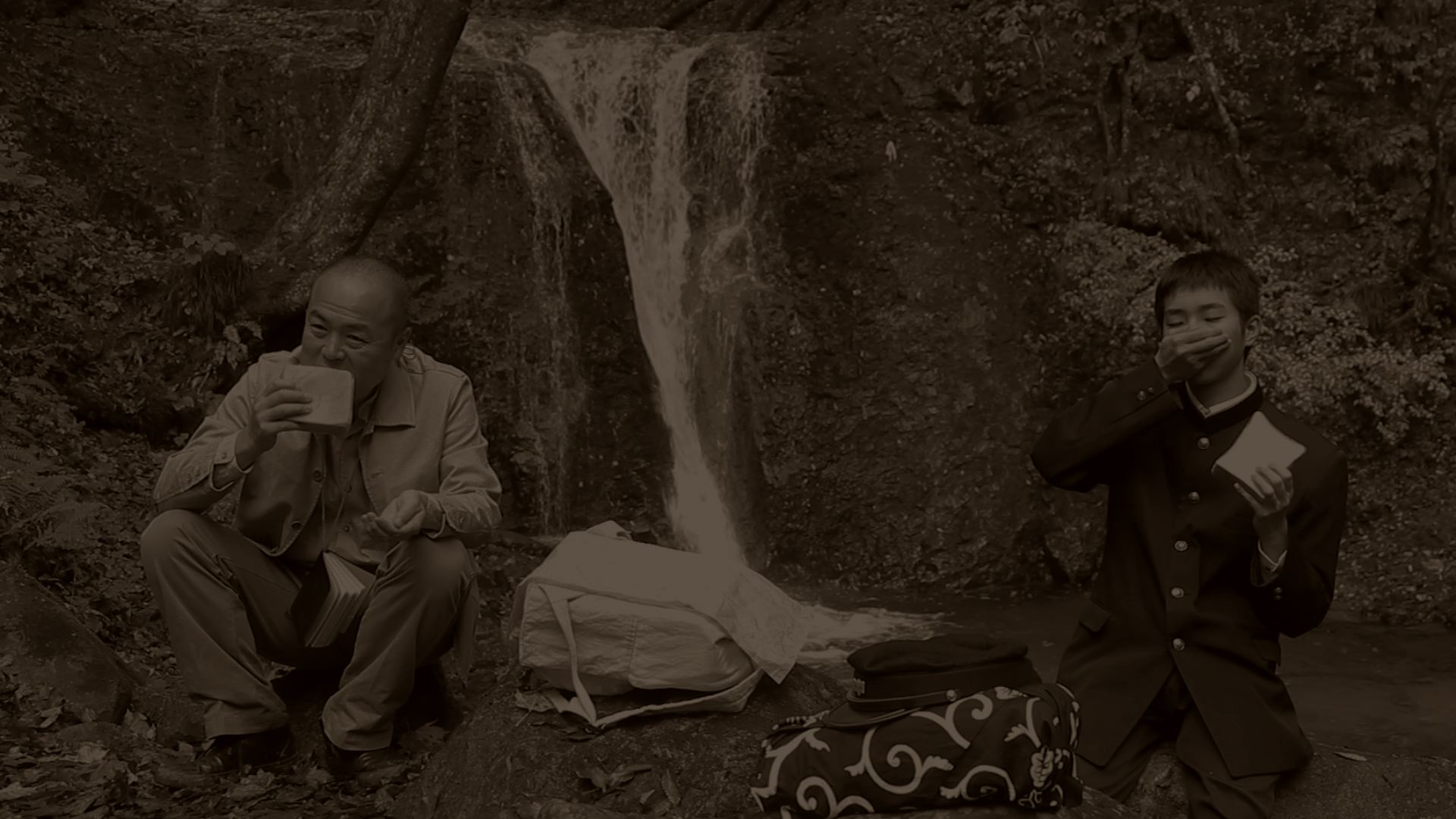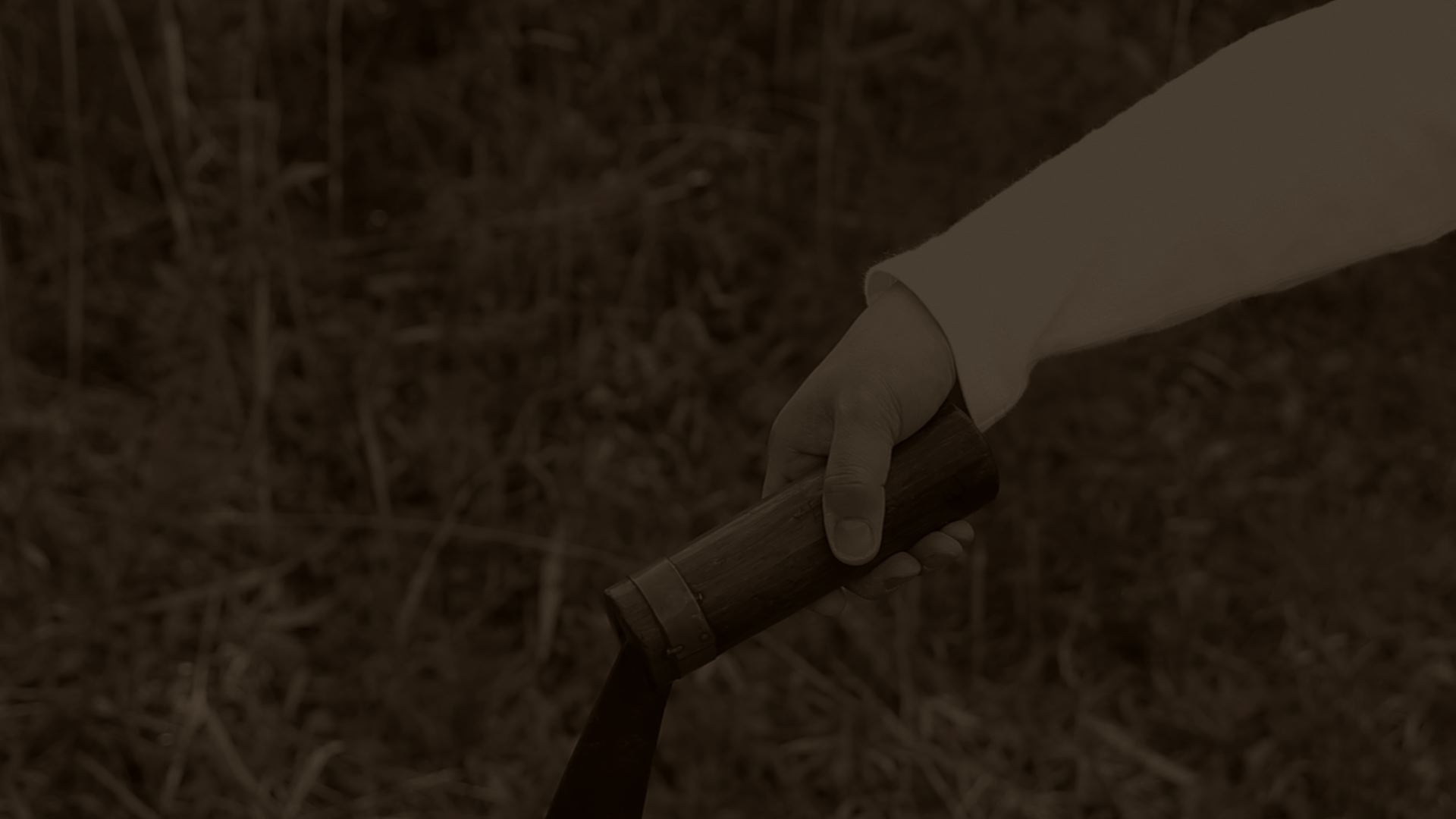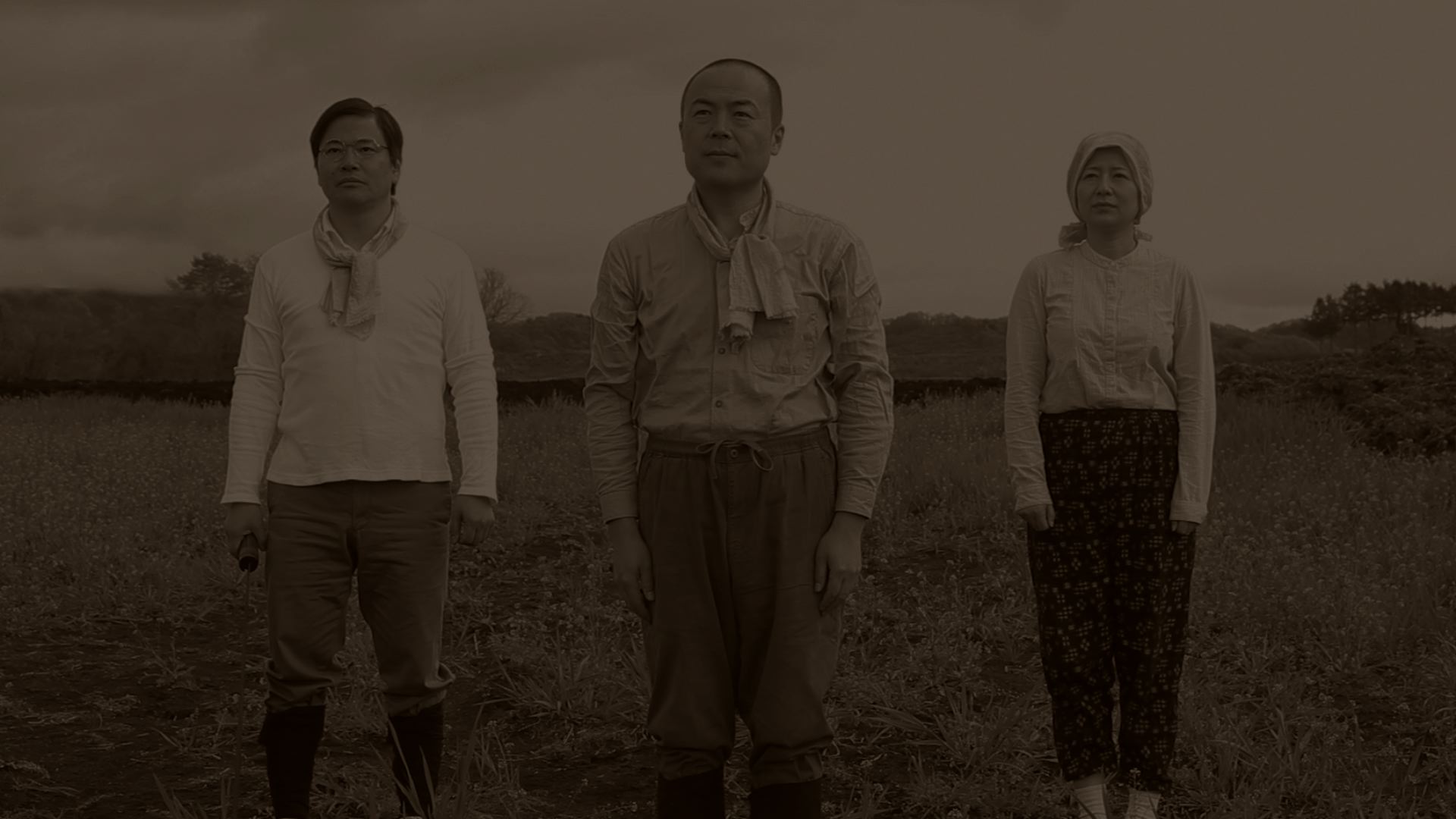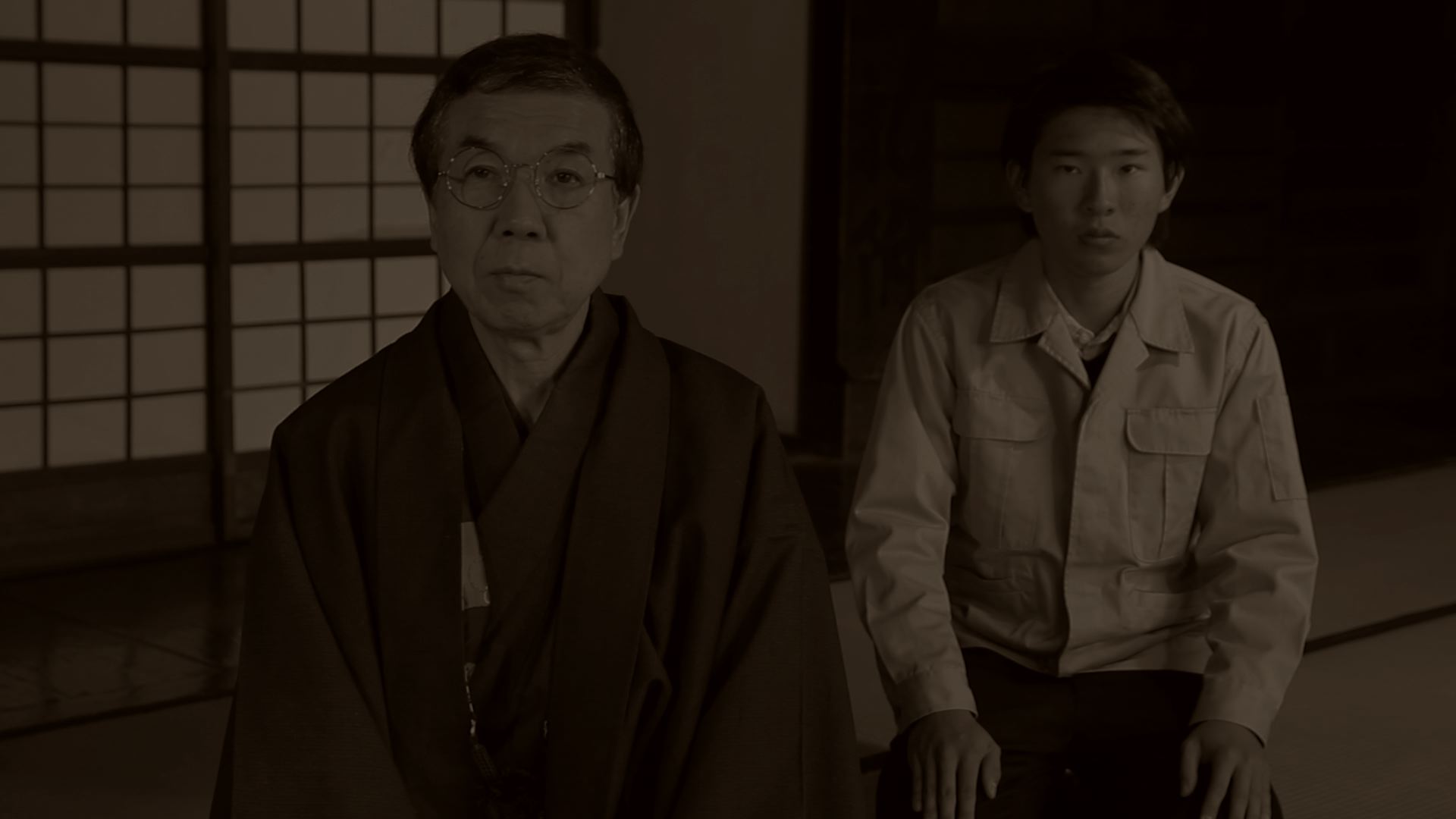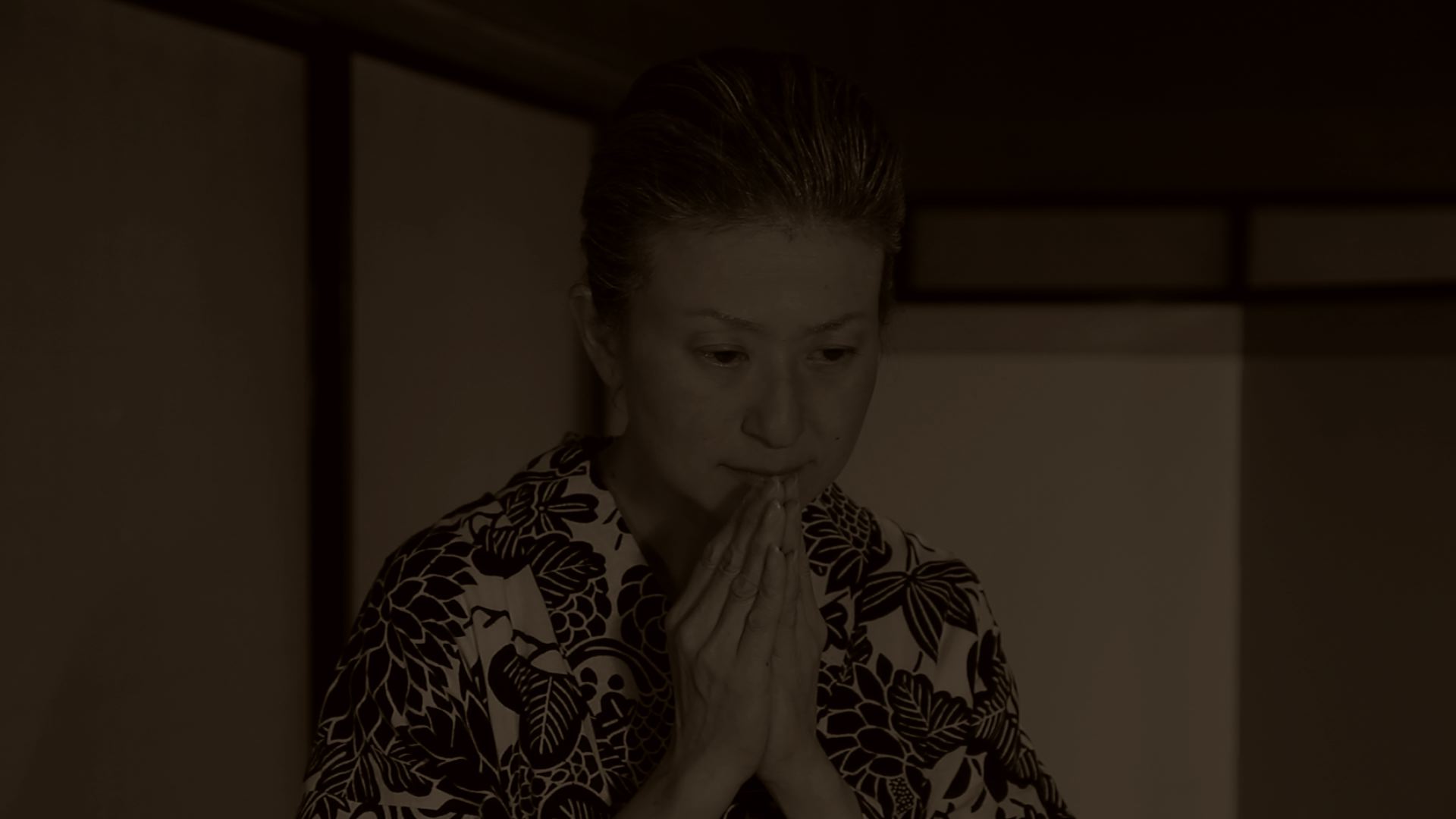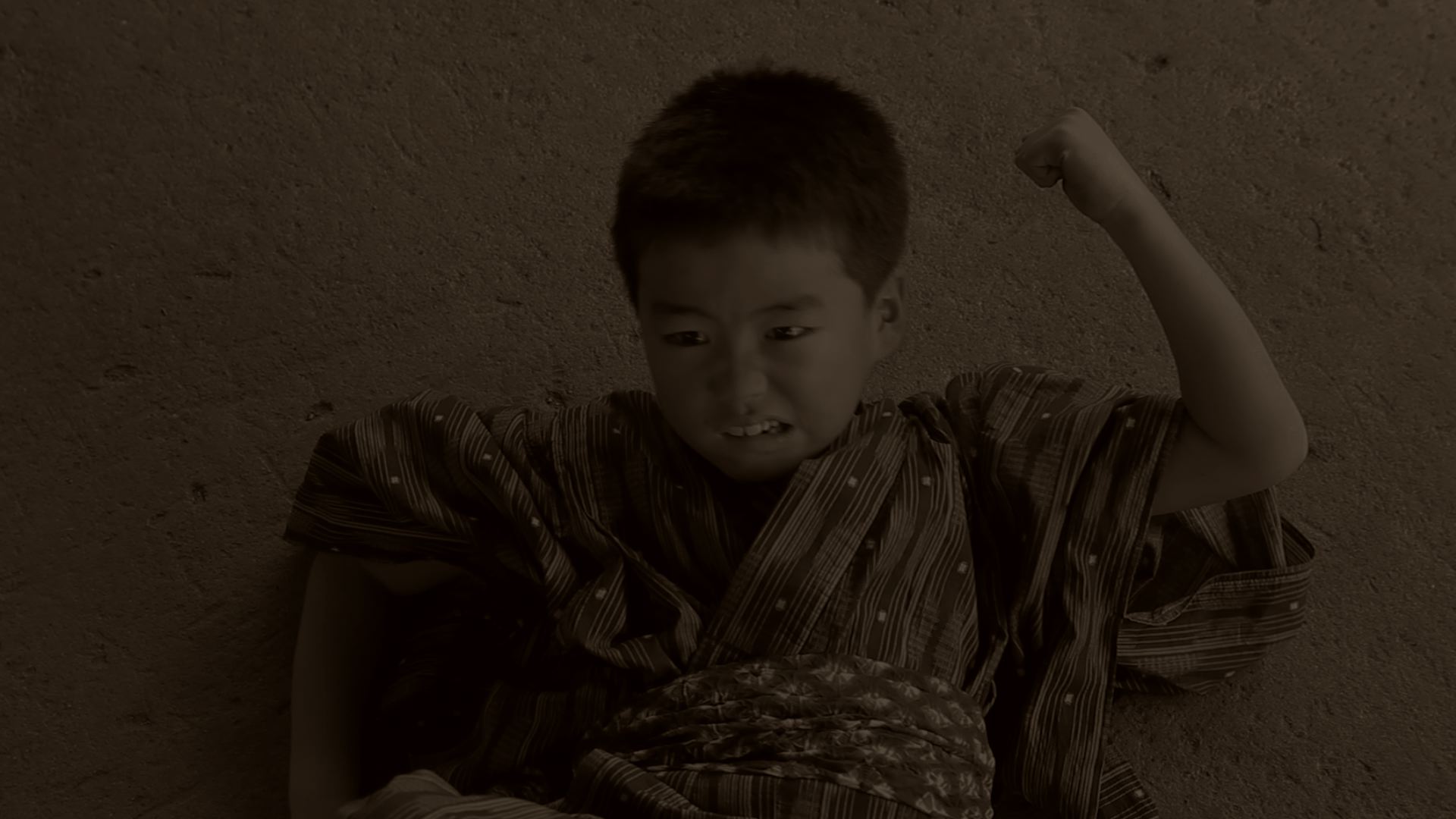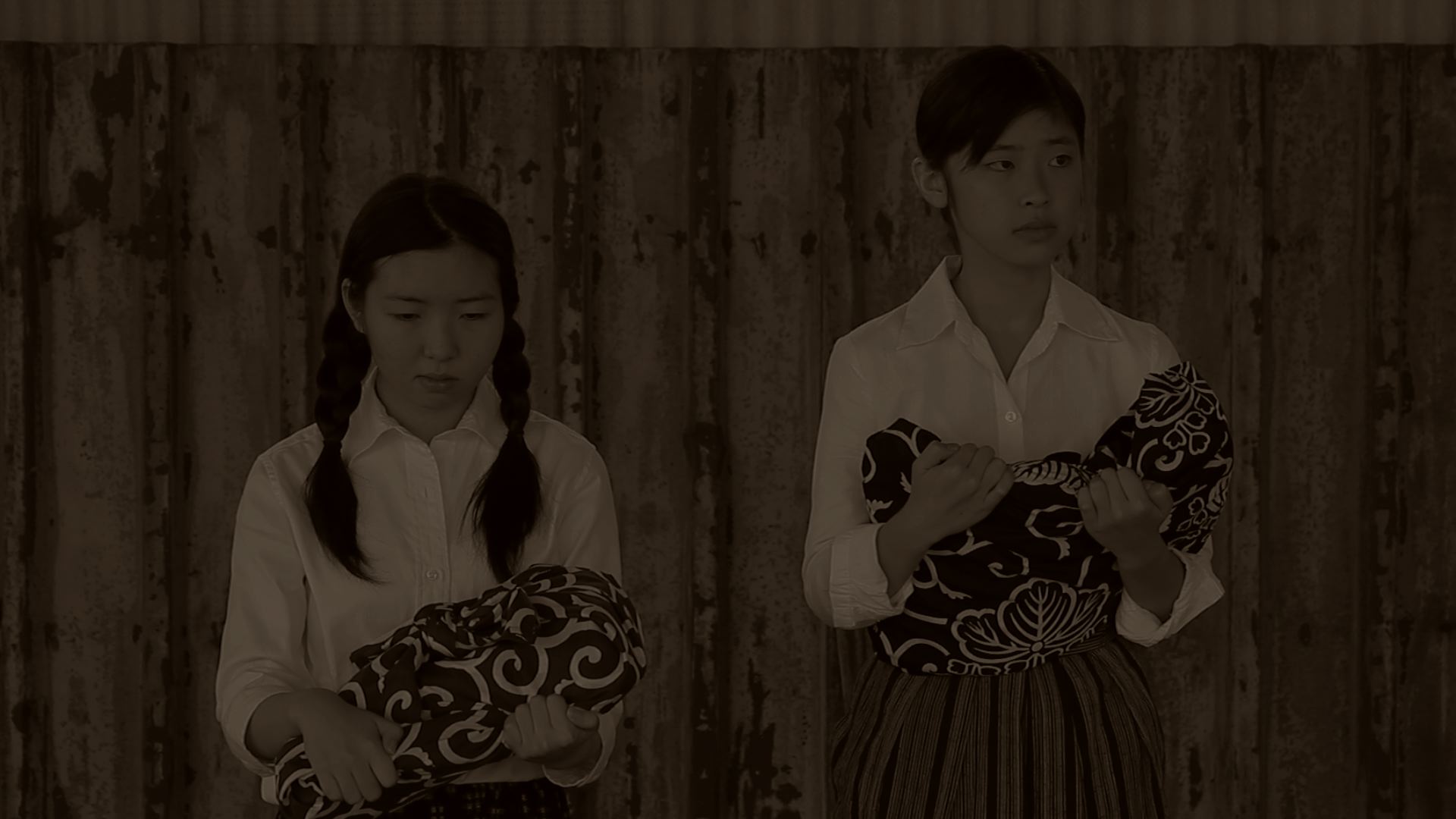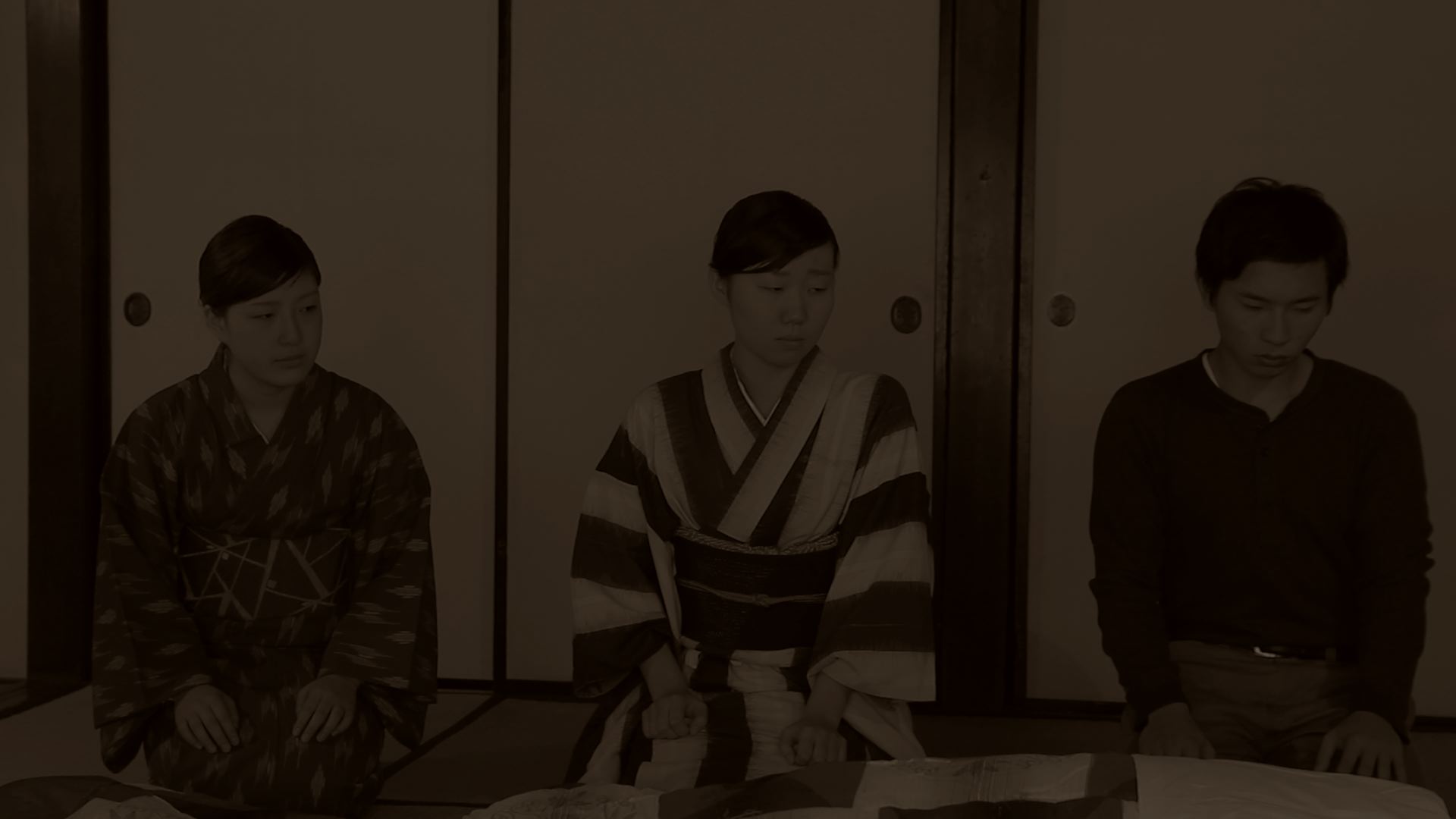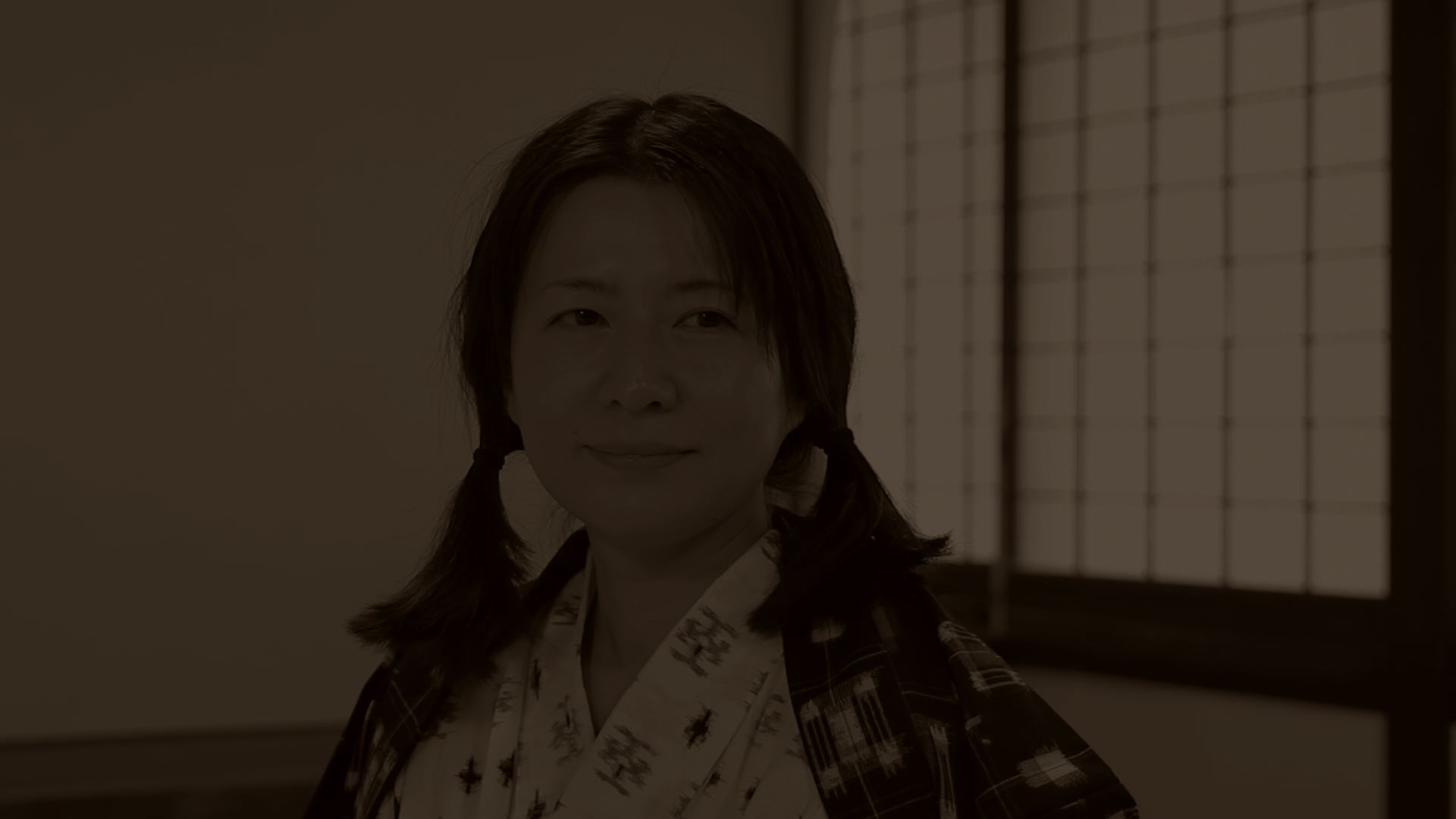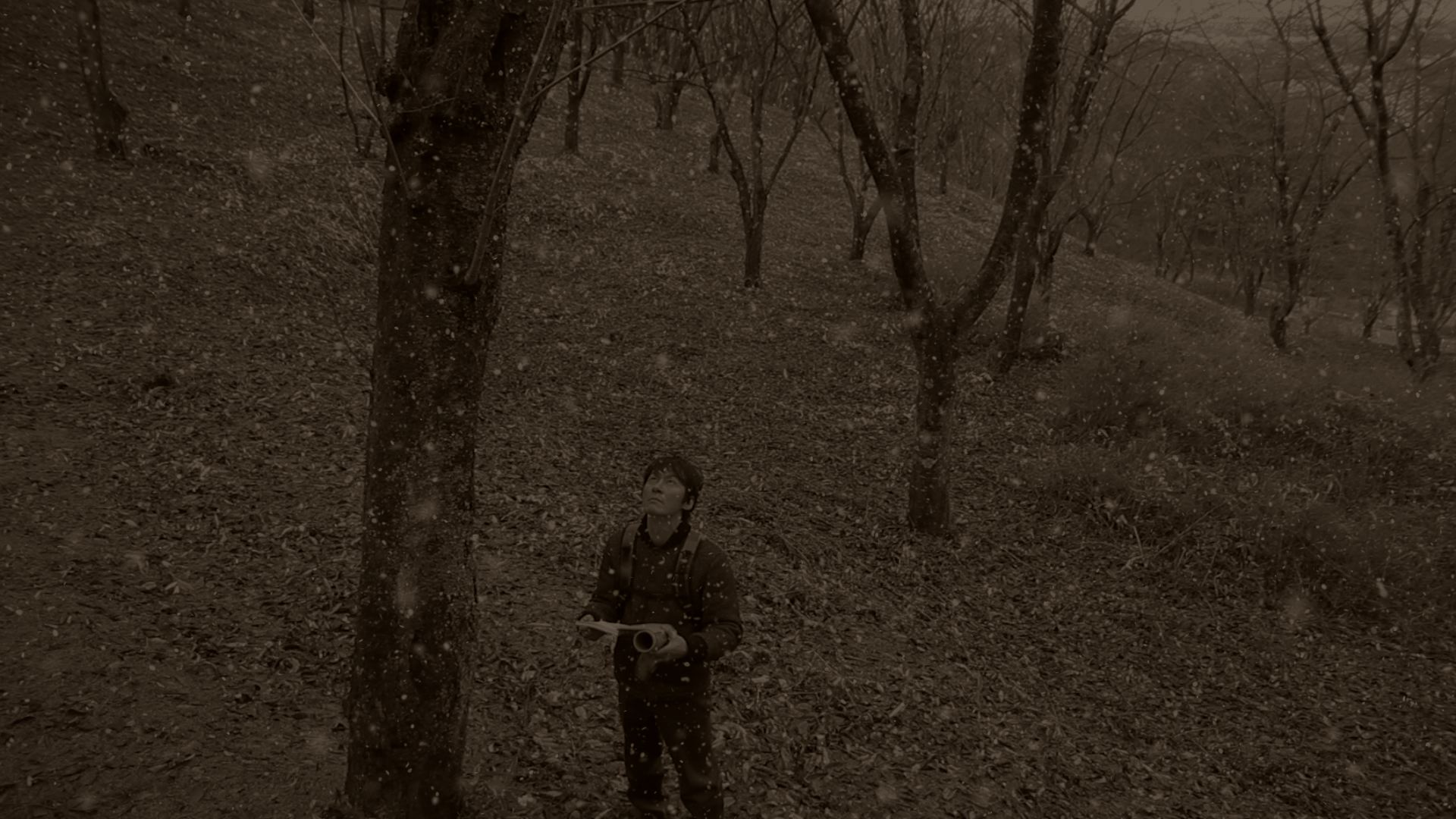STORY
1896年(明治29)の陸羽大地震の4日前に岩手県の花巻で生まれた賢治は、町でも有名な裕福な家庭で育ち何不自由なく過ごした。また、家が真宗で信仰の厚い家庭で育ったのだが、実家の家業の質屋には反発を覚えていた。
すぐに家業を継がせたい祖父の反対を押し切り、全国各地から秀才の集まる盛岡高等農林学校に進学した。その頃、法華経と出会い衝撃を受け、生涯信仰する様になるが、家が真宗だったため父親と対立する様になり、家業を継ぎたくない賢治は卒業後、家出して上京する。
そこで、在野の宗教団体・国柱会で修行し布教活動をするのだが、最も信頼し自分を理解してくれる最愛の妹トシが病に倒れたとの電報を受け取り、花巻に戻る。そして、家業を継がせる事を諦めた父の後押しもあって花巻農学校の教師になる。そこでの教師生活の4年4ヶ月は賢治にとっても生徒達にとっても至福の時だった。しかし、教師になって一年余り、最愛の妹・トシが亡くなる。賢治は妹亡き後、暫くの間、筆を手に取る事ができなかった。
トシが亡くなった翌々年に詩集『春と修羅』童話集『注文の多い料理店』を自費出版する。それらはまったく売れなかったが、生前に出版されたのはこの2冊だけであった。
教師を辞めた賢治は自給自足の農民生活を送るが、農民のために奔走し無理がたたって倒れてしまう。一度は回復するのだが、すぐに再び病に伏し、37年の生涯を閉じる。その年1933年(昭和8)3月3日に三陸大地震が起き、岩手は大被害を被る。
没後、弟の清六が賢治の遺言である法華経を筒に納めて岩手県内の32ヶ所の経埋ムベキ山に埋経する。
2052年に賢治の遺言の法華経が、ある山から見つかる。その経筒には
〝此ノ経 尚 世間ニマシマサバ 人コノ筒ヲトルコトナク 再ビ コノ地中ニ安置セラレタシ〟と書いてあった。
見つけた男はその経を持って、混沌とするこの世界に下山するのであった。
This film tells the dramatic life story of KENJI MIYAZAWA, one of Japan’s most famous national poets.
Kenji Miyazawa was born on August 27th 1896, (29th of the Meiji-era) four days before the “Ohu Huge Earthquake”. He grew up in an affluent and highly reputed family in the town of Hanamaki, Iwate Prefecture. His parents ran a successful pawn broking business, but this luxurious upbringing troubled the young Kenji. The family were also pious followers of the True Pure Land Buddhist teachings.
His grandfather was eager to have Kenji take over the family business, but despite his grandfather’s protests Kenji instead decided to study at Morioka Higher State Technical College of Agriculture and Forestry. This school in the prefectural capital attracted the smartest students from all over the country. Around that time, Kenji came into contact with another Buddhist Sect after reading “The Lotus Sutra”. This would have a profound impact on him and he would profess these beliefs for the rest of his life. Kenji’s adoption of “The Lotus Sutra” conflicted with his family’s deeply held “True Pure Land” beliefs. These religious differences and Kenji’s continuing rejection of the family business caused a confrontation with his father. After graduating from the college in Morioka, he ran away from his home to live in Tokyo.
In Tokyo, Kenji entered an out of power religious organization, named “Kokuchukai”. He worked and preached for the religion for some time.
He returned to Hanamaki after receiving a telegram that his beloved and trusted sister Toshi, had been struck down by illness. During this time his father finally abandoned the idea of Kenji taking over the family business. Instead he gave his support to Kenji becoming a teacher at Hanamaki Agricultural School. Soon after, Kenji accepted a teaching position.
His four years and four months as a teacher was the happiest time of his life and his students shared in this too. However, about one year into his teaching, Toshi died. After the death of his beloved sister, Kenji was unable to take up the pen for some time. Two years later, he published his poetry book “Haru to Shura: Spring and Asura” and a fairy tale “Choomon no Ohi Ryoriten: The Restaurant of Many Orders”. They didn’t sell at all, but were the only two books published during his life.
Kenji retired from his teaching position and went on to live self-sufficiently as a farmer. He used his education to help neighboring farmers in his area, but exerted himself so much he eventually collapsed from overwork. He recovered temporarily, but was soon struck down by illness again and died at the age of 37 in 1933(8th of the Showa-era). In the same year, on March 3rd the “Sanriku Huge Earthquake” occurred inflicting terrible damage on Iwate Prefecture.
After Kenji’s death, his younger brother Seiroku performed a number of “Maikyo” ( To bury a tube containing a Buddhist sutra into the ground so as to be preserved for prosperity.) As was Kenji’s will Seiroku interred them in thirty two designated mountains in Iwate Prefecture, called “kyou uzumubeki yama”.
It is said, in 2052, that Kenji’s Maikyo will be discovered on a certain mountain. On the tube he stated that, “when someone uncovers this, if this Sutra exists in public as it used to be, please return this tube to the ground again”. What Kenji desired was to realize the second coming of the Lotus Sutra in the event that these teachings had disappeared from the world for some reason.
Then the man who finds it can go down the mountain to the chaotic world bringing the Sutra.

